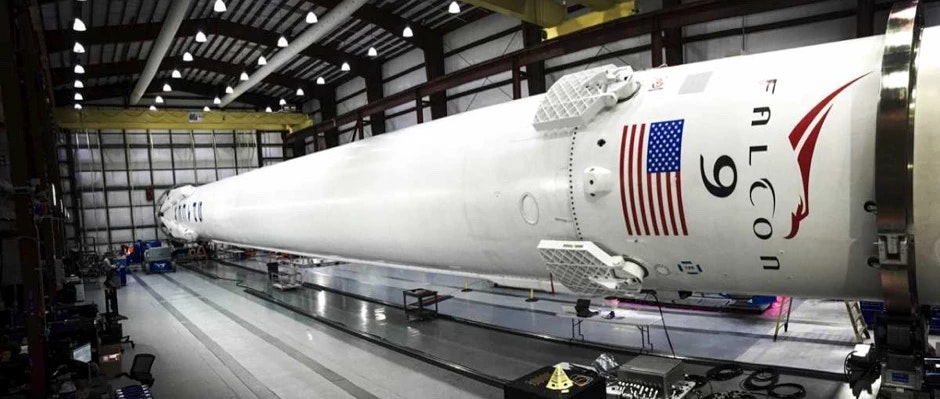I’ve borrowed both the title and subtitle of this post from a book by Alan Kantrow. The book outlines how tradition hinders organisational thinking and offers solutions to avoid the bias of tradition. Its case studies are slightly outdated, but the lessons are timeless. I’m going to summarise some of the key ideas I took from the book over two blog posts.
Imperfect Maps
In the corporate world we’re used to rules of thumb, working assumptions, or definitions that ‘just exist’. Examples are:
-
Inventory and stock keeping ratios
-
Allocation of marketing budgets between brand-building activities and specific campaigns
-
The way certain processes should be
Such rules of thumb were initially derived from thought-provoking pieces of analysis. They then solidified into handy solutions to a particular problem, at a particular time.
They’re useful because they allow us to navigate the world without figuring everything out from first principles all the time. In short, they’re rough maps.
Tradition
As we get used to ways of doing things, our maps become permanent and we forget the wisdom or context behind their origin. Our maps have become tradition.
The staying power of tradition is significant - we often don’t often see tradition, because it shapes out thinking. As time goes on and technology evolves, we find ourselves trying to shoe-horn technology into processes. In Kantrow’s words:
We have a habit of injecting sophisticated technology into a process designed for people, not redesigning the process to accommodate what technology can do.
A relatively recent example comes to mind: to provide information to a business you’d have to download a PDF from their website, print it, fill it out by hand, and then post it to them. Although technology had changed, the process hadn’t. An online submission form could easily replace the entire process.
The Manager’s Role
The way of discovering whether tradition is effective or harmful is to bring back a historical piece of information that explains why something is the case. Was technology at the time limited in a certain way? Was the process designed with a different business model in mind?
In short, the role of the manager is to understand which factors are truly constraints, and which are carried by tradition. For example, a certain process may not be yielding the expected results. Instead of doing things right, the manager should focus on doing the right things - i.e. question whether this is still the right process, rather than improving efficiency.
Working against tradition is difficult because it involves harder work and uncertain outcomes. Improving efficiency by 5% is an easier task than completely redesigning a process.
I think SpaceX offers a very powerful example of questioning tradition. The industry standard in the U.S. was to to assemble rockets vertically (in the position they take off). Instead, SpaceX build their rockets horizontally. This means their costs are about 30 times cheaper per sq ft because they don’t need very tall buildings or complex lifting equipment.
I’ve used the word ‘manager’ in this last section, but it applies to everyone who’s part of an organisation. Equally, I’ve used the word ‘organisation’, rather than business, as the lessons extend far beyond the corporate world. We all need to understand if our thinking is constrained by tradition.
That brings us to the first half of the book. If you enjoyed this summary, remember to subscribe and you’ll get the next post in your inbox.

